The brain teaser that asks people to figure out which of the three trucks is in motion was shared on Instagram’s Threads with the caption, “Can you solve it?”
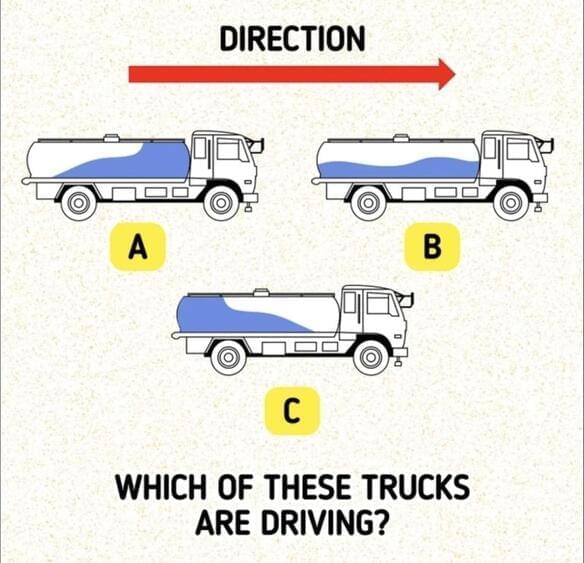

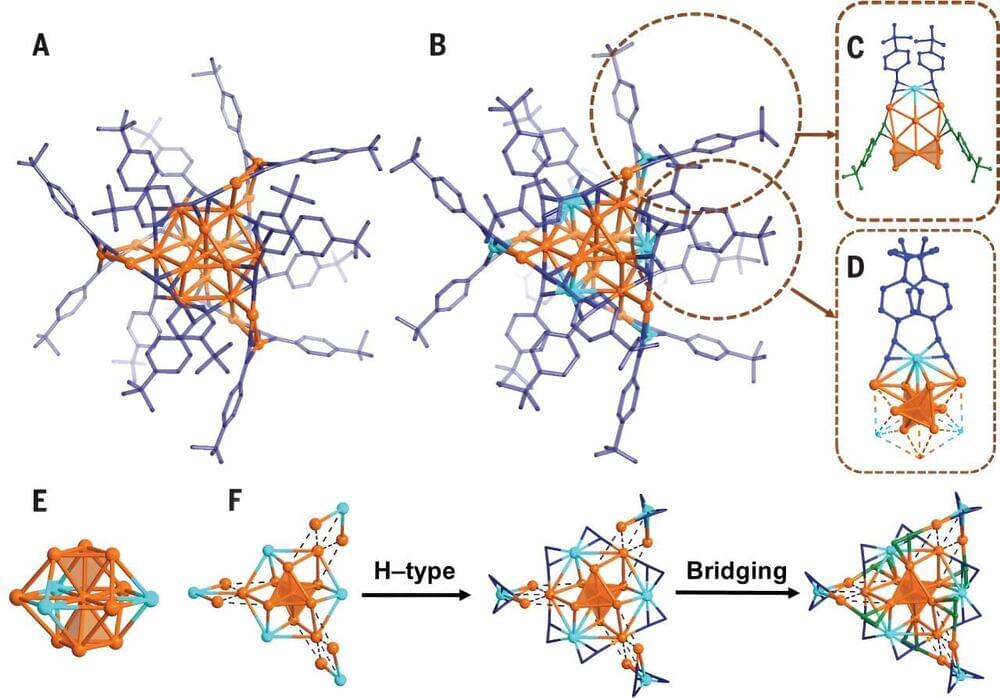

Quantum computers promise to tackle some of the most challenging problems facing humanity today. While much attention has been directed towards the computation of quantum information, the transduction of information within quantum networks is equally crucial in materializing the potential of this new technology.
Lex Fridman Podcast full episode: https://www.youtube.com/watch?v=jvqFAi7vkBcPlease support this podcast by checking out our sponsors:- Cloaked: https://cloa…
Use code isaacarthur at the link below to get an exclusive 60% off an annual Incogni plan: https://incogni.com/isaacarthur.
Life is incredibly complicated, but for most of Earth’s history it was much simpler. Is it possible the Universe is full of planets with very simple life, and complex organisms are rare?
Visit our Website: http://www.isaacarthur.net.
Join Nebula: https://go.nebula.tv/isaacarthur.
Support us on Patreon: / isaacarthur.
Support us on Subscribestar: https://www.subscribestar.com/isaac-a…
Facebook Group: / 1583992725237264
Reddit: / isaacarthur.
Twitter: / isaac_a_arthur on Twitter and RT our future content.
SFIA Discord Server: / discord.
Credits:
The Fermi Paradox: Rare Complexity.
Episode 439; March 21, 2024
Produced, Written \& Narrated by: Isaac Arthur.
Editor: Darius Said.
Music Courtesy of.
Epidemic Sound http://epidemicsound.com/creator.
Lombus, \
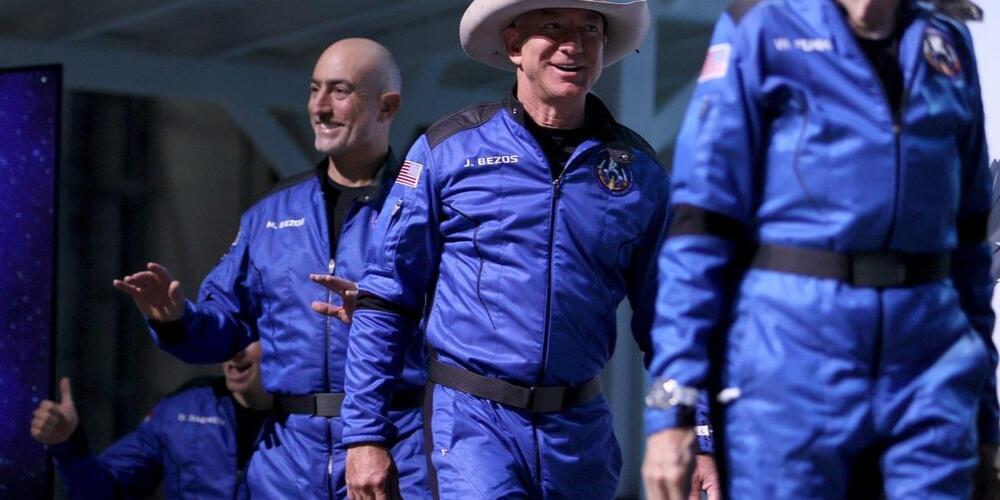
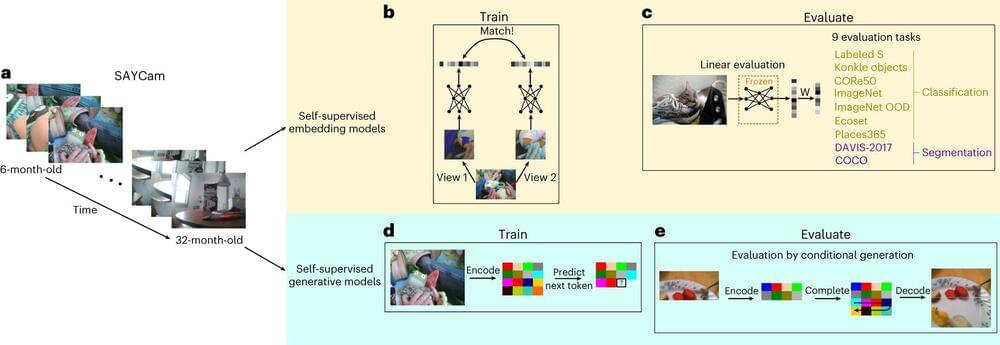

Words are important to express ourselves. What we don’t say, however, may be even more instrumental in conveying emotions. Humans can often tell how people around them feel through non-verbal cues embedded in our voice.
Now, researchers in Germany have sought to find out if technical tools, too, can accurately predict emotional undertones in fragments of voice recordings. To do so, they compared three ML models’ accuracy to recognize diverse emotions in audio excepts. Their results were published in Frontiers in Psychology.
“Here we show that machine learning can be used to recognize emotions from audio clips as short as 1.5 seconds,” said the article’s first author Hannes Diemerling, a researcher at the Center for Lifespan Psychology at the Max Planck Institute for Human Development. “Our models achieved an accuracy similar to humans when categorizing meaningless sentences with emotional coloring spoken by actors.”
Whether it’s a powered prosthesis to assist a person who has lost a limb or an independent robot navigating the outside world, we are asking machines to perform increasingly complex, dynamic tasks. But the standard electric motor was designed for steady, ongoing activities like running a compressor or spinning a conveyor belt—even updated designs waste a lot of energy when making more complicated movements.
Researchers at Stanford University have invented a way to augment electric motors to make them much more efficient at performing dynamic movements through a new type of actuator, a device that uses energy to make things move. Their actuator, published in Science Robotics, uses springs and clutches to accomplish a variety of tasks with a fraction of the energy usage of a typical electric motor.
“Rather than wasting lots of electricity to just sit there humming away and generating heat, our actuator uses these clutches to achieve the very high levels of efficiency that we see from electric motors in continuous processes, without giving up on controllability and other features that make electric motors attractive,” said Steve Collins, associate professor of mechanical engineering and senior author of the paper.
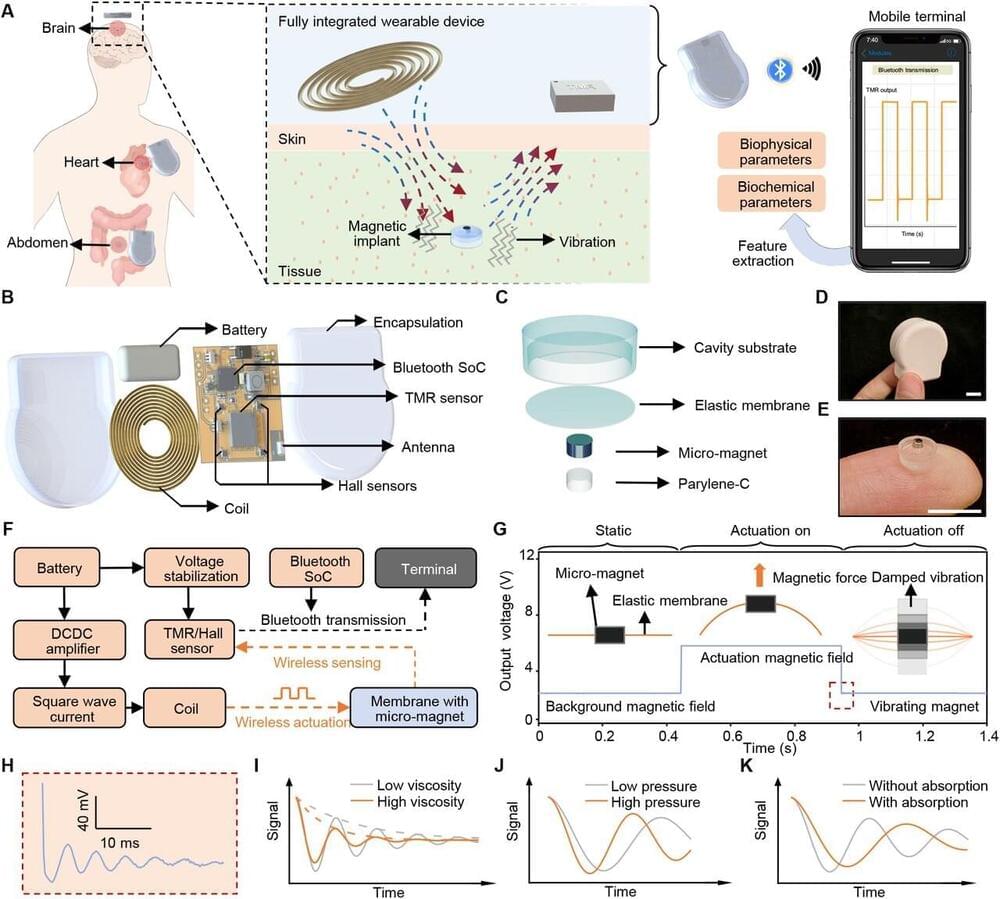
In a study published in the journal Science Advances, researchers from Peking University have unveiled a miniaturized implantable sensor capable of health monitoring without the need of transcutaneous wires, integrated circuit chips, or bulky readout equipment, thereby reducing infection risks, improving biocompatibility, and enhancing portability. The study is titled “Millimeter-scale magnetic implants paired with a fully integrated wearable device for wireless biophysical and biochemical sensing.”